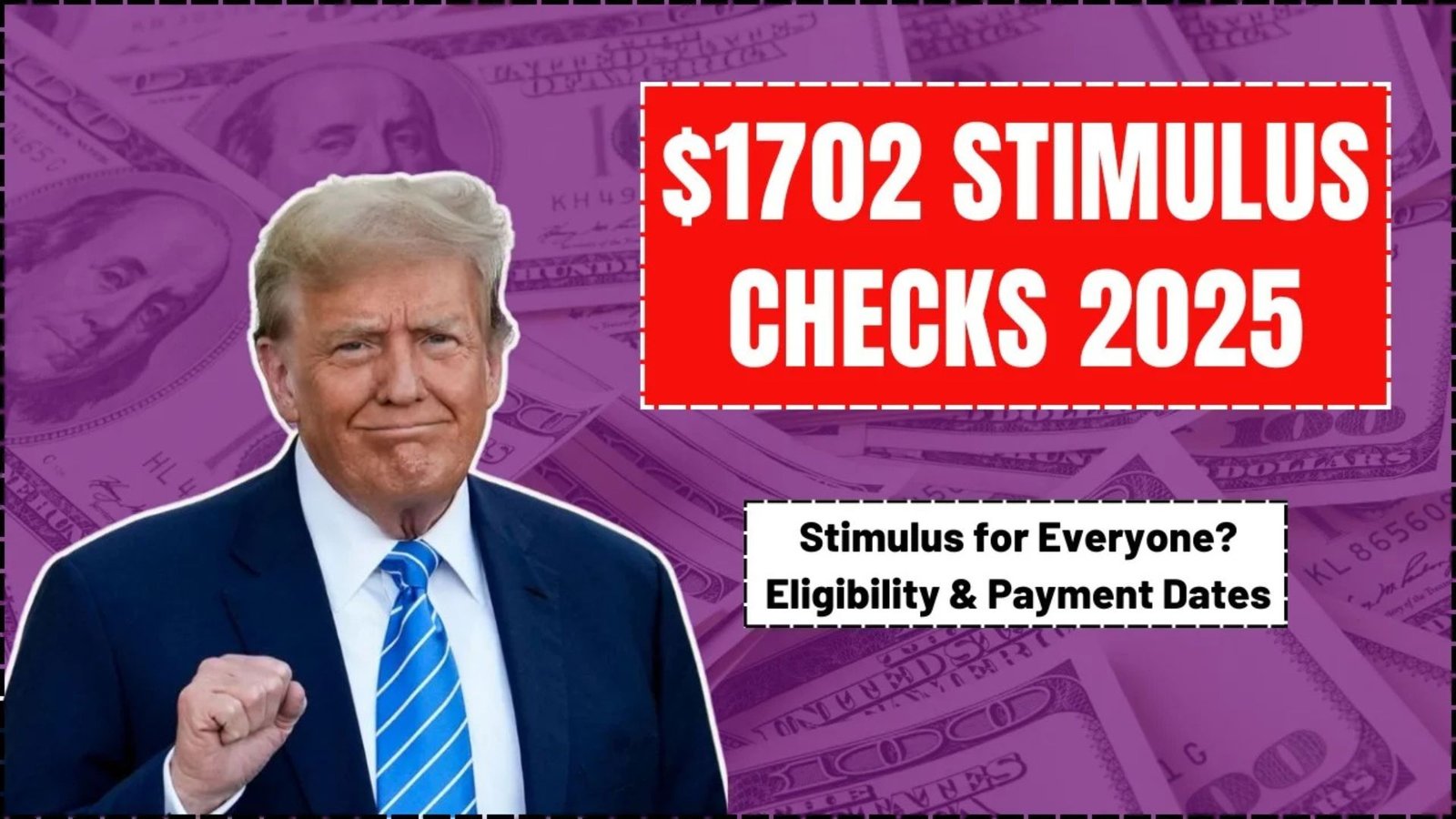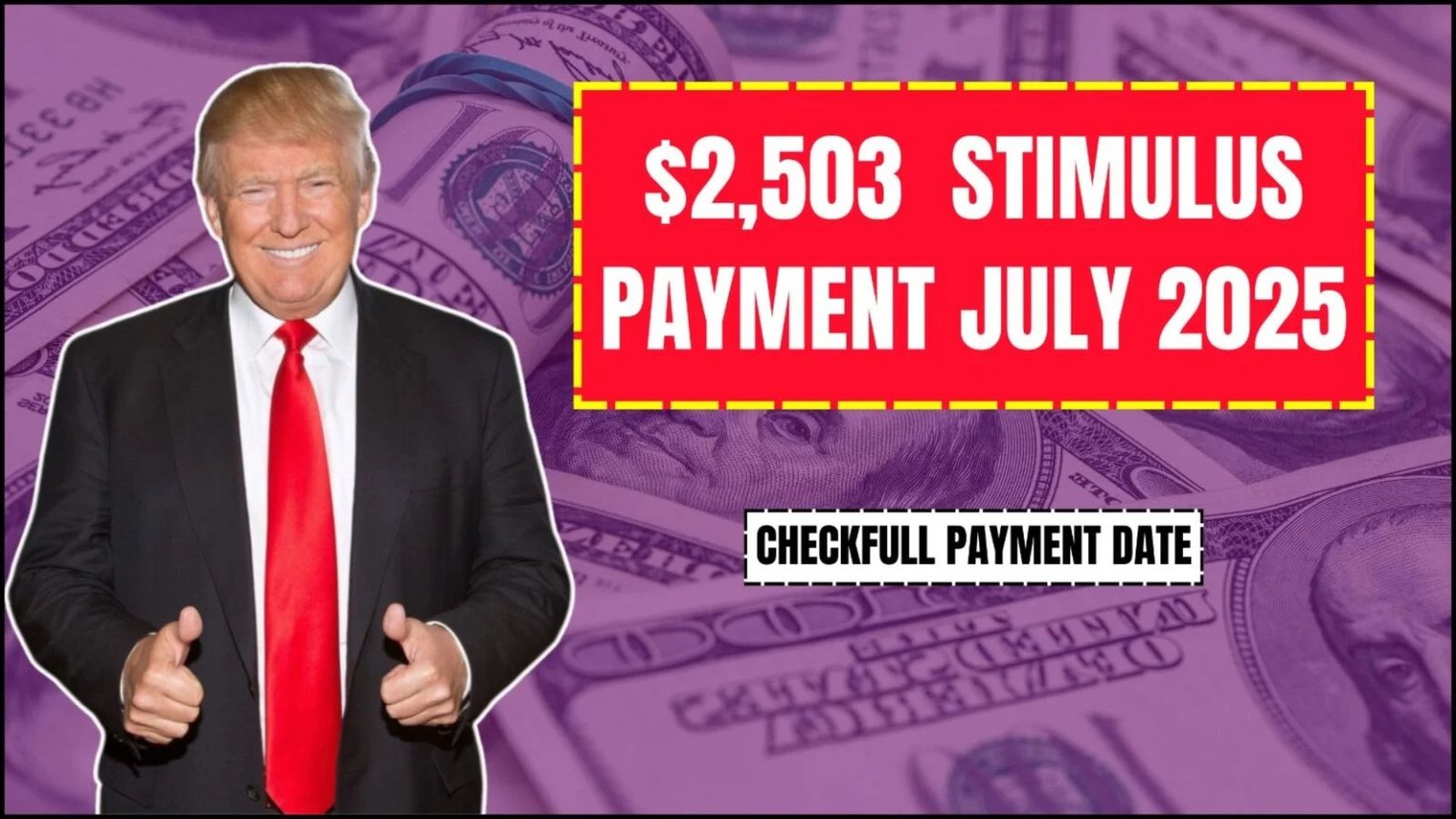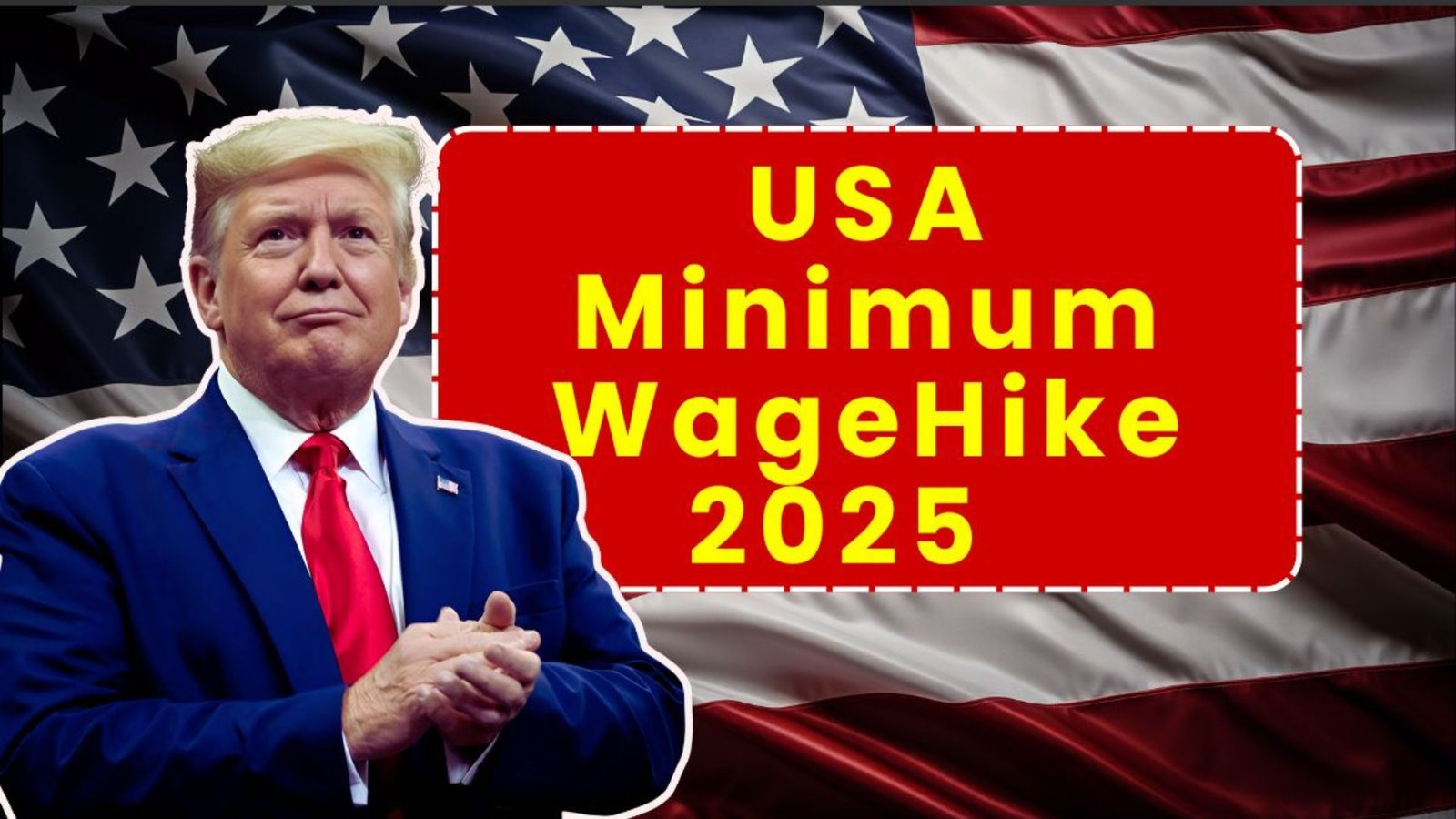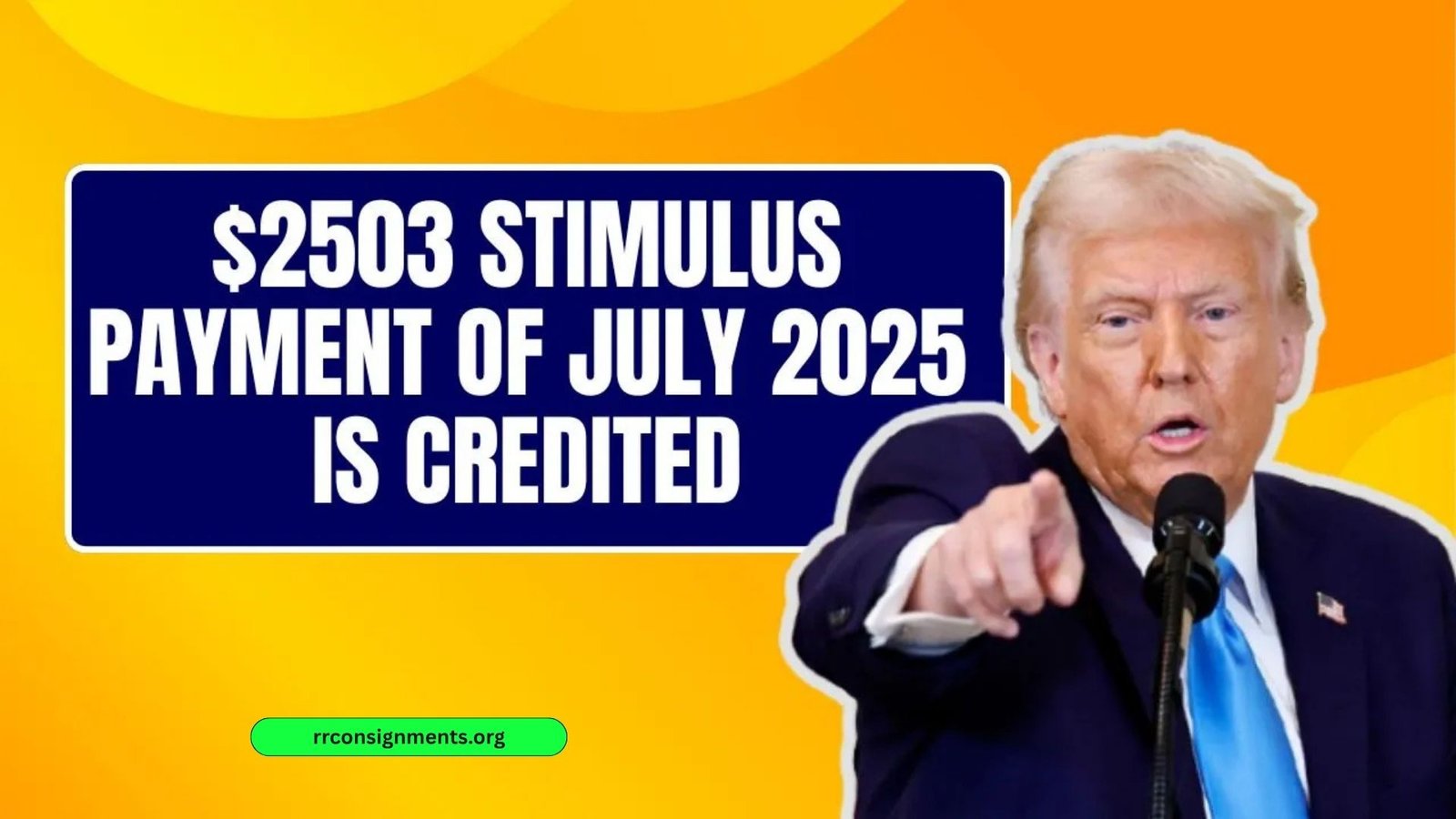The Lincoln Wheat Penny is more than just a coin—it’s a piece of history that collectors dream of finding. Some of these pennies have sold for jaw-dropping prices, with one rare version fetching up to $1.9 million! If you’re curious about why this small coin is so valuable and how you can join the hunt, this guide breaks it all down in simple terms. Let’s dive into the exciting world of the Lincoln Wheat Penny!
What Is the Lincoln Wheat Penny?
The Lincoln Wheat Penny is a U.S. one-cent coin produced by the United States Mint from 1909 to 1958. It’s named after President Abraham Lincoln, whose portrait is on the front (obverse), and the wheat stalks on the back (reverse), giving it the “Wheat Penny” nickname. Designed by Victor David Brenner, this coin is iconic for its historical significance and classic design.
Why Is It So Special?
Certain Lincoln Wheat Pennies are incredibly rare due to minting errors, limited production, or unique features. These factors make some pennies worth thousands or even millions of dollars. For example, a 1943 bronze penny sold for $1.9 million because it was mistakenly made with bronze instead of the usual zinc-coated steel during World War II.
The Most Valuable Lincoln Wheat Pennies
Here’s a look at some of the rarest and most valuable Lincoln Wheat Pennies that collectors seek:
| Year | Mint Mark | Error/Feature | Estimated Value |
|---|---|---|---|
| 1943 | None (Philadelphia) | Bronze instead of steel | Up to $1.9 million |
| 1943-S | San Francisco | Bronze error | $500,000–$1 million |
| 1909-S | San Francisco | VDB initials | $100,000–$300,000 |
| 1955 | None (Philadelphia) | Doubled die error | $50,000–$100,000 |
| 1969-S | San Francisco | Doubled die error | $25,000–$100,000 |
Why Are These Pennies So Valuable?
- Minting Errors: Mistakes during production, like using the wrong metal or double-stamping the design, make some pennies unique.
- Low Production: Some years, like 1909-S, had fewer coins minted, increasing their rarity.
- Historical Significance: Coins from key years, like 1943 during WWII, carry extra historical weight.
- Condition: Coins in excellent condition (graded high by professionals) fetch higher prices.
How to Spot a Valuable Lincoln Wheat Penny
Finding a million-dollar penny in your pocket change is a long shot, but it’s not impossible! Here’s how to check if you have a valuable Lincoln Wheat Penny:
Step 1: Check the Date and Mint Mark
- Look at the year on the coin. Key years like 1943, 1909, or 1955 are good starting points.
- Find the mint mark, a small letter below the date. “S” (San Francisco) or no mark (Philadelphia) can indicate rarity.
Step 2: Look for Errors
- Check for doubled text or images, especially on the date or words like “LIBERTY.”
- For 1943 pennies, use a magnet. If it doesn’t stick, you might have a rare bronze penny (most 1943 pennies are steel).
Step 3: Assess Condition
- Coins with clear details and minimal wear are worth more.
- Professional grading services like PCGS or NGC can evaluate your coin’s condition.
Step 4: Research Value
- Use online resources or coin guides to compare your penny to known valuable versions.
- Consult a professional coin dealer for an appraisal.
Where to Find Lincoln Wheat Pennies
You don’t need to dig through ancient vaults to find these coins. Here are some places to start:
- Pocket Change: Check your spare change or old piggy banks.
- Coin Rolls: Buy rolls of pennies from banks and search through them.
- Flea Markets or Estate Sales: Old coin collections often surface at these events.
- Coin Shops: Visit local dealers for authenticated pennies.
- Online Marketplaces: Websites like eBay or Heritage Auctions sell rare coins, but beware of fakes.
Tips for Collecting Lincoln Wheat Pennies
- Learn the Basics: Study key dates, mint marks, and errors to know what to look for.
- Use Proper Tools: A magnifying glass and a coin guidebook are essential.
- Store Safely: Keep coins in protective holders to prevent damage.
- Avoid Cleaning: Cleaning coins can lower their value. Leave them as is.
- Join a Community: Connect with other collectors through clubs or online forums for tips and trades.
How to Sell a Valuable Penny
If you think you’ve found a rare Lincoln Wheat Penny, here’s what to do:
- Get It Authenticated: Have a professional grading service verify its authenticity and condition.
- Research the Market: Check recent auction prices for similar coins.
- Choose a Selling Platform: Options include coin dealers, auction houses, or online marketplaces.
- Set a Realistic Price: Base your price on the coin’s condition and market demand.
Conclusion
The Lincoln Wheat Penny is a fascinating piece of American history that can also be a hidden treasure. Whether you’re a seasoned collector or just curious, the thrill of finding a rare penny worth thousands—or even $1.9 million—is exciting! By learning about key dates, mint marks, and errors, you can start your own quest for these valuable coins. Always verify your finds with professionals and enjoy the journey of exploring this iconic coin.
FAQs
What makes a Lincoln Wheat Penny valuable?
Certain pennies are valuable due to minting errors, low production numbers, or historical significance. For example, the 1943 bronze penny is rare because most pennies that year were made of steel.
How can I tell if my penny is rare?
Check the date, mint mark, and look for errors like doubled text. Use a magnet for 1943 pennies—if it doesn’t stick, it might be a rare bronze version.
Where can I sell a rare Lincoln Wheat Penny?
You can sell through coin dealers, auction houses, or online platforms like eBay. Always get the coin authenticated by a grading service first.
Can I clean my penny to make it worth more?
No, cleaning a coin can damage it and lower its value. Keep it in its original condition.
How do I start collecting Lincoln Wheat Pennies?
Start by checking pocket change, buying coin rolls, or visiting coin shops. Learn about key dates and errors, and connect with other collectors for tips.











